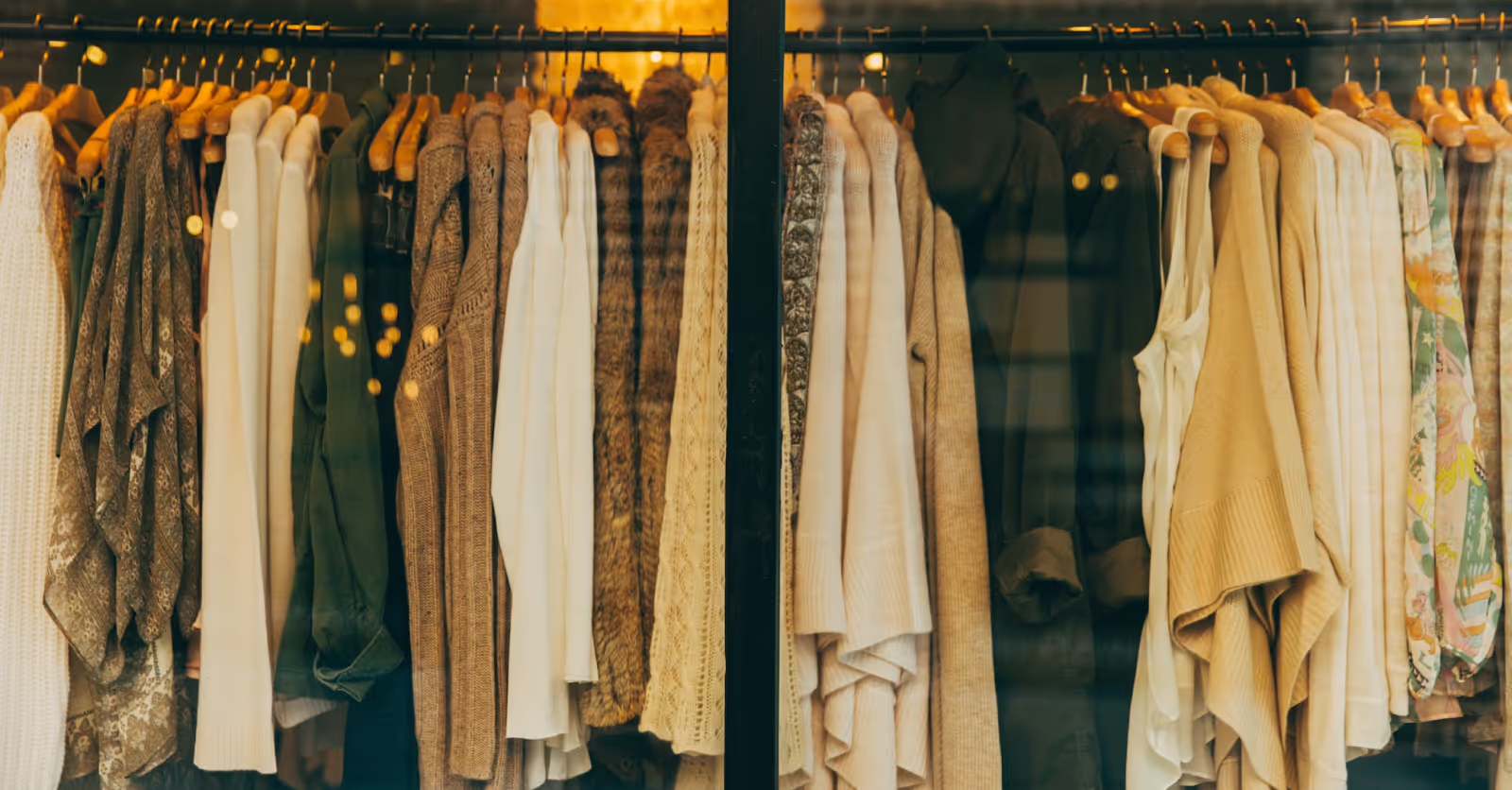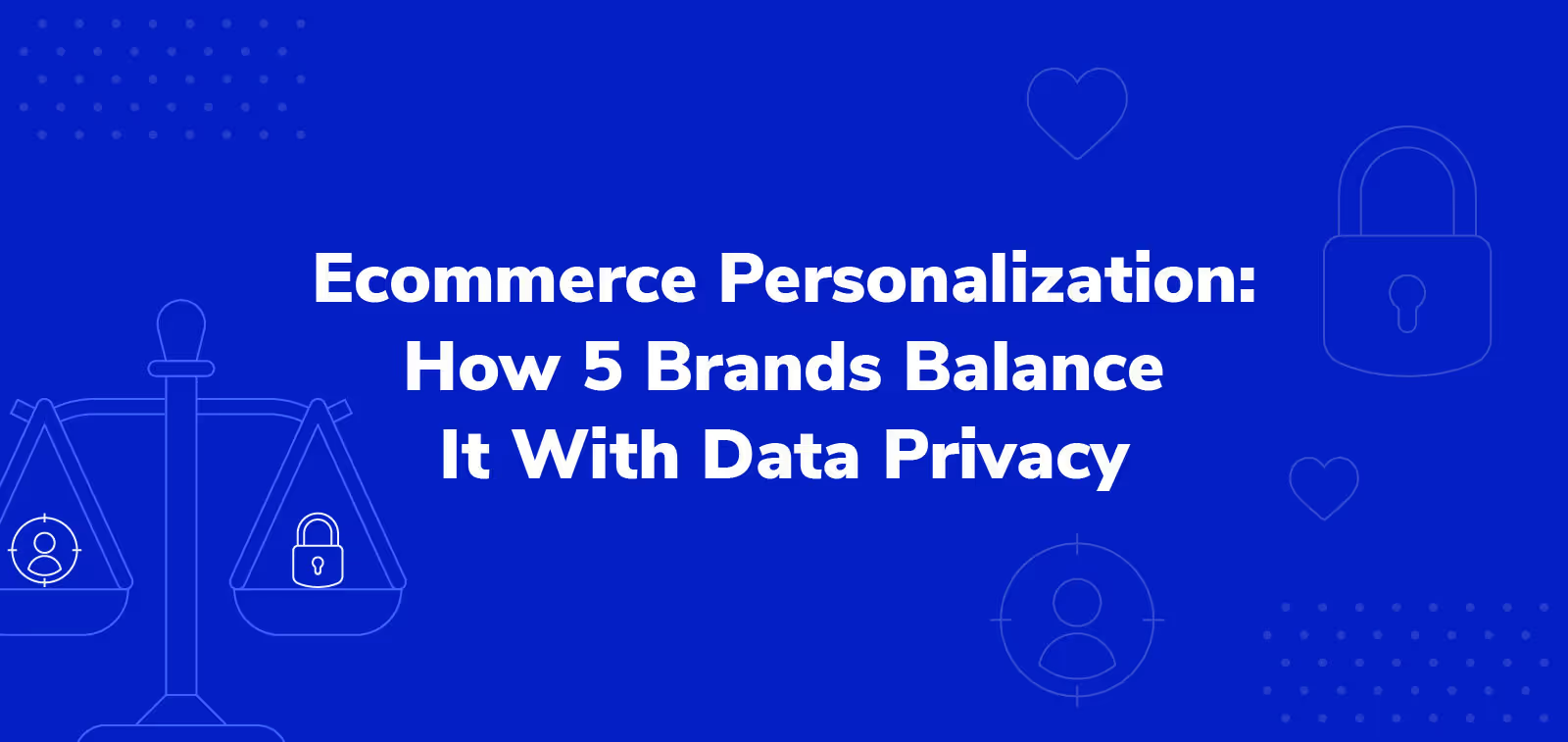Grow Your Fashion Brand by Tackling These 4 Nagging Industry Challenges

Fashion-industry brands rise and fall based on how quickly they adapt to changing consumer behaviors and tastes. And while enough brands are rising to boost the industry’s top-line growth, major challenges are standing in the way of sustained expansion.
McKinsey predicts the global fashion industry “will post top-line growth of 2 to 4% in 2024 … Once again, the luxury segment is expected to generate the biggest share of economic profit. However, even there, companies will be challenged by the tough economic environment.”
Economic uncertainty isn’t the only challenge holding the industry back. Here’s a look at 4 other key fashion industry challenges, as well as what you can do to offset them and increase profitability.
#1: Textile waste
The tons of textile waste produced by the apparel industry is rapidly becoming a business-altering liability. The reason? Consumers are becoming aware of the fashion sector’s environmental impact, and many are reluctant to purchase from brands that aren’t taking action.
"Fast fashion" companies are some of the biggest waste producers. This industry segment produces cutting-edge styles in bulk to meet consumer demand. These clothes don’t last long, and many go unworn when a new fad takes over. Where do most of these clothes end up? Landfills.
A 2023 report released by the European Environment Agency aimed to measure the environmental impact of this textile waste. The organization estimated that in 2020 alone, the average carbon footprint per person in the EU was 270 kilograms. That’s close to 600 pounds, the same weight as a baby grand piano.
But what exactly does textile industry waste include?
- Discarded finished clothing
- Cloth samples, often called swatches, designed to guide production of the larger item
- Cut-and-sew waste, which are unusable scraps from garment production
- The ends of fabric rolls left over from production of a garment
- Dyes used to color fabric. When textile samples, fabric rolls, and other waste end up in a landfill, chemical dyes can seep into nearby streams and rivers. These dyes often contain toxic chemicals like mercury, lead, and arsenic, which damage the surrounding ecosystems.
Even industry insiders are calling for more social responsibility.
The Drive for More Sustainable Practices in Fashion
Industry-led groups like American Circular Textiles (ACT) are popping up to educate “consumers and policy makers in order to drive awareness of the true cost of fashion.” Notable members include well-known retailers H&M, The RealReal, Rent the Runway, and more.
And ACT’s work is catching on. Taylor Coil, co-founder of personal-styling startup Fashivly, told Extend that she sees a trend toward “sustainability and ethical consumerism” among her clients.
“We're seeing that trend in consumers of all ages, but it's most prevalent in our millennial and Gen X cohorts,” Coil said. Why these demographics? Coil suggests Gen Z tends to have less disposable income to spend on higher-priced sustainable options.
Consider the online store Girlfriend Collective. A women’s white t-shirt made from 50% recycled cotton and 50% organic cotton retails for $42. Compare that to an unrecycled alternative offered by the fast fashion brand Shein, which retails for about $5 to $10, depending on promotional pricing. It’s not hard to see the allure of fast fashion among young people on a budget.
While apparel companies can look for more cost-effective ways to manufacture recycled clothing, they can also encourage reuse whenever a customer is finished with an item. Brands like Madewell have partnered with online thrift store ThredUp to offer “preloved” clothing at lower prices.

#2: Supply chain disruptions
When ports scaled back operations during the pandemic, many fashion brands and their suppliers compensated by ordering more stock than usual. If a shipping container was delayed, they reasoned, they’d have enough inventory to satisfy demand.
But when inflationary pressures and geopolitical instability took hold after the pandemic, brands were left with stock they couldn’t sell. They cut orders, and these cuts rippled through the supply chain. Not to mention that much of this excess stock ended up in landfills.
This rippling is known as the “bullwhip effect.” When retailers cut orders, yarn suppliers (among other textile vendors) scale back. Garment workers are laid off. But when demand stabilizes, retailers have to wait for yarn suppliers to ramp up operations. As retailers wait, consumers seek out other brands. It’s a vicious cycle.
In a late 2023 survey, 73% of chief procurement officers (CPOs) told McKinsey they expect supply chain volatility to last for at least five more years. What can brands do in the meantime?
Managing supply chain disruptions
The fashion industry can’t control geopolitics, but it can take steps to bring a measure of stability to supply chains.
Diversify supplier base
Say your suppliers or manufacturers sit thousands of miles away from your core consumer markets. Any disruption means your customers have to wait longer for new and favorite styles to hit stores. Many brands are diversifying their supplier base to minimize the impact of disruptions. This often means moving some suppliers closer to home.
According to a McKinsey and Business of Fashion CPO survey, 54% of executives expect to increase reshoring or nearshoring in 2024.
Reshoring or nearshoring might lead to higher labor costs, so it’s best to reserve these options for your most business-critical goods.
Deepen relationships with suppliers
Many fashion brands hop from supplier to supplier in the hopes of boosting profit margins and minimizing disruptions. While this strategy can still work, a growing number of brands are looking to gain leverage by deepening relationships with key suppliers.
In 2023 McKinsey asked CPOs to describe the nature of their relationship with their supplier base. Respondents said they enjoyed “long-term strategic partnerships” — including volume commitments — with 43% of their supplier base. McKinsey projects that number to rise to 51% by 2028.
Volume commitments could mean preferred shipping rates. And in case of supply chain disruptions, suppliers will likely go out of their way to privilege brands they have partnerships with.
#3: High return rates
Returns are a massive drain on fashion-industry profitability, especially if you run an ecommerce store. Suppose a customer purchases a dress online that doesn’t fit as well as they’d hoped. They’ll send it back. Or they purchase three dresses to find the perfect fit and return the two that don’t work. These costs add up quickly.
In 2023, Coresight Research pegged the average return rate of US online apparel orders at 24.4%, which translates to an estimated $38 billion in merchandise sales and $25.1 billion in processing costs.
Ecommerce giants like Amazon sometimes let customers keep certain unwanted items to minimize processing costs. If this isn’t an option for your business, you still have options.
How to minimize ecommerce returns
Apparel returns are inevitable. But you can take steps to minimize them at the point of purchase.
Sizing charts
Sizing charts typically aren’t difficult to put together, and they can reassure the customer they’re ordering the correct size. If the product fits, they’re less likely to return it.
Apparel brand Columbia places a link to their style guide just above the ‘Add to Cart’ button, so shoppers are less likely to miss it.

The guide takes account of bust, waist, and hip size, and lets the customer toggle between inches and centimeters.
Live chat support
If a customer has doubts about the sizing chart or has further questions, live chat might be an option. Granted, employing live agents is a cost. But if the cost of a live agent offsets your returns costs by an acceptable amount, hire one.
Consider the fashion brand UGG. A question about whether sizes run big or small gets this response from a live customer service agent.

Now the customer can purchase the jacket with even more confidence. And hopefully, the fit will be ideal, making a return unnecessary.
#4: Declining brand loyalty
Rising prices and rapidly evolving consumer preferences is causing a decline in brand loyalty. When brands lose customers, they need to spend more to acquire new ones. Like returns, these costs have a significant impact on profitability.
In its 2023 Customer Loyalty Index, SAP Emarsys learned 79% of 2022 US shoppers agreed with this statement: “I consider myself loyal to certain retailers, brands, and stores.” In 2023 it was 68%, a drop of 14%.
Two years before the Emarsys survey was released, Shopify estimated the “fashion and accessories” industry paid $129 to acquire a customer. Only electronics brands spent more (of the reported categories). With loyalty rates dropping, acquisition costs are likely much higher today.
And while they can work, expensive loyalty programs aren’t the only way to increase customer engagement.
Boost customer loyalty with shipping protection
No matter how hard you work to make your brand more sustainable or reduce risk in the supply chain, apparel gets lost, damaged, or stolen in transit. When customers order a replacement, your handling of the situation can make or break their decision to become and remain loyal.
You can handle the situation in three ways:
- Act like it’s not your problem and tell them to contact the shipping carrier.
- Apologize but say they still have to pay for a replacement. (You offer to cover the shipping fees.)
- Replace the product and cover shipping fees after customers spend a minute filing an online claim.
Extend Shipping Protection makes the third option possible. Customers pay a modest fee for protection. But if their pair of expensive designer jeans arrives damaged, they visit Kaley online and start a claim with their email address or contract ID.

Kaley decides whether to approve the claim in seconds, sending the customer back to your website to order the replacement. You’ve saved the customer time and turned a negative situation into something positive. Your brand gets the credit, making the customer much more likely to shop with you again.
Offset fashion industry challenges with Extend
Extend Shipping Protection removes a major liability from the post-purchase customer experience, freeing fashion executives to focus on other industry challenges.
And shipping protection isn’t just for luxury fashion houses. Extend’s team will work with you to design a unique program both for your apparel and your target audience.
To learn more about how Extend can benefit your apparel brand, contact us for a free demo.
Aaron Sullivan is senior content marketing manager at Extend. He specializes in writing about e-commerce, finance, entertainment, and beer.
.svg)












































.avif)











